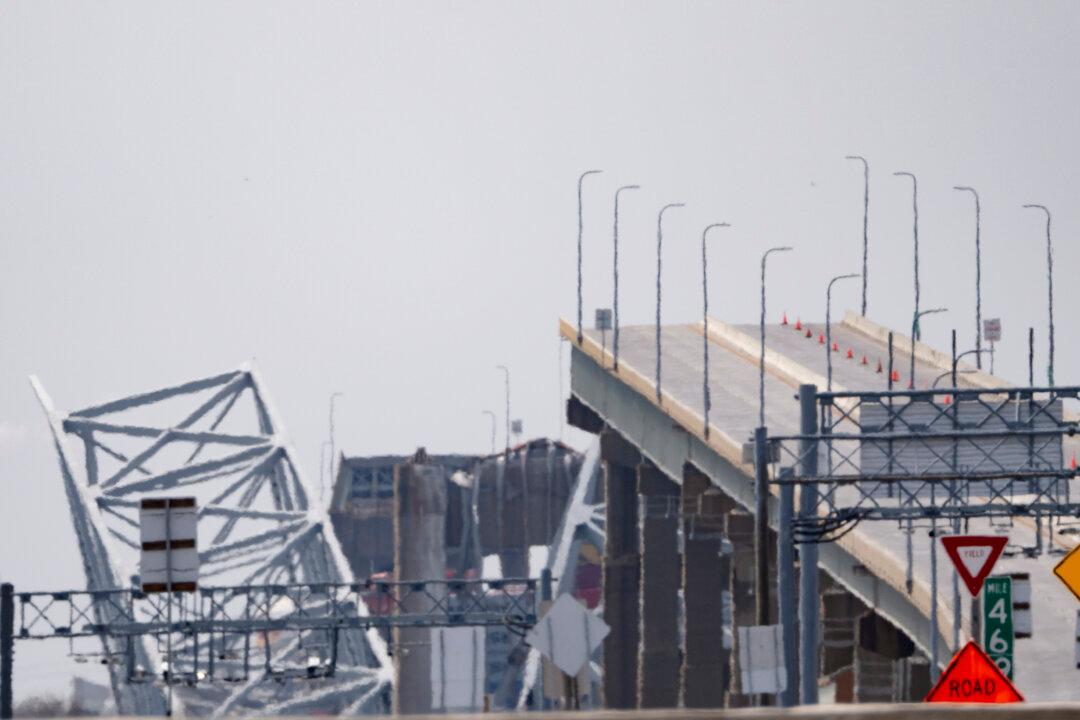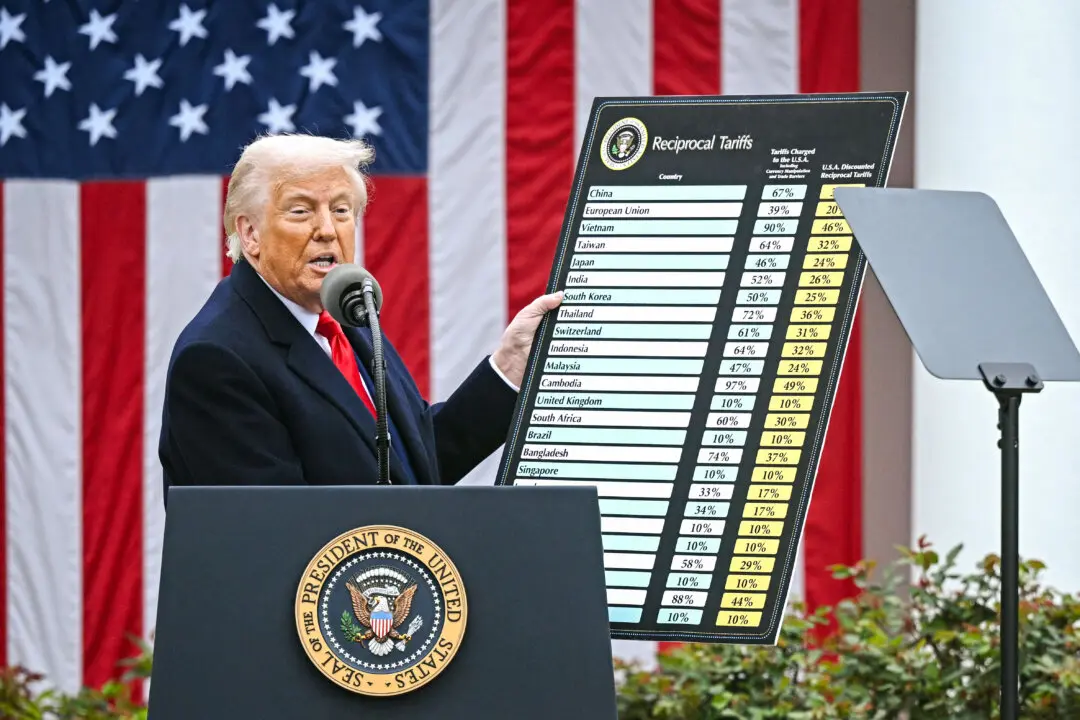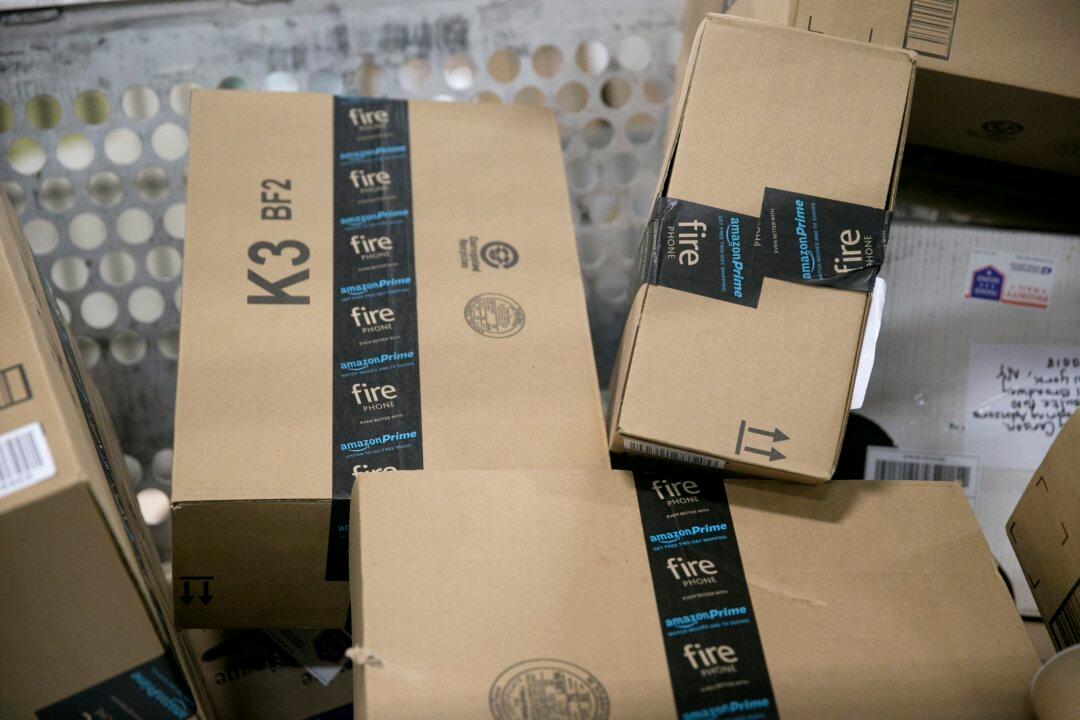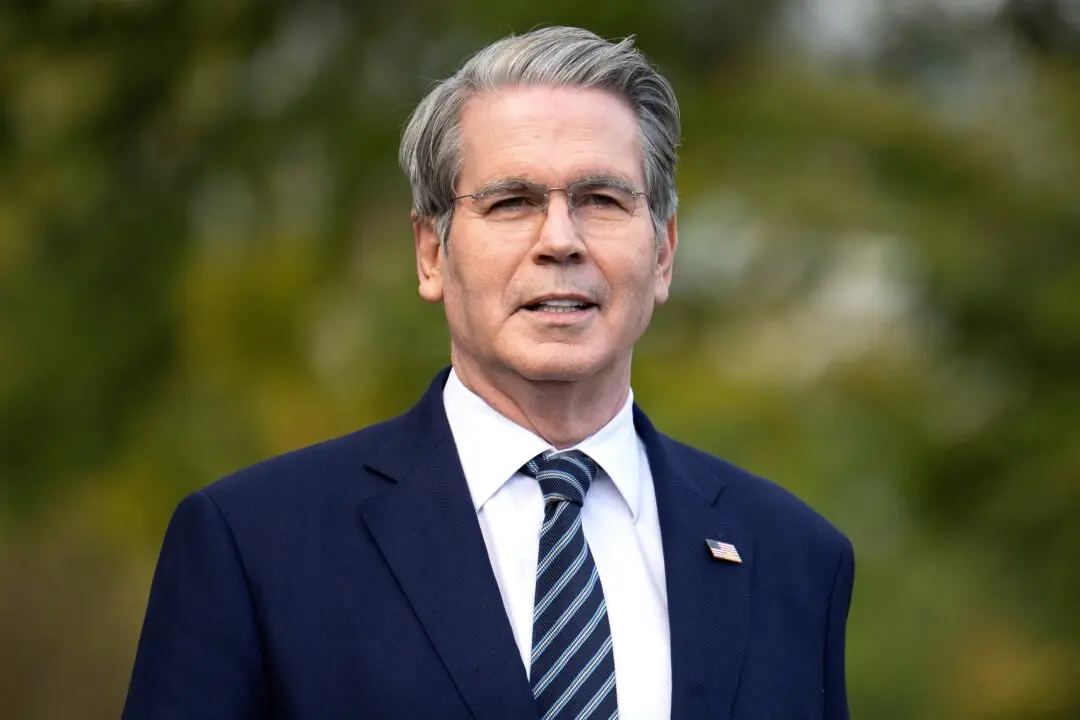Shipping in and out of the Port of Baltimore was suspended after the collapse of the nearby Francis Scott Key Bridge, confirmed Maryland’s transportation secretary on Tuesday.
“Vessel traffic into and out of the port of Baltimore is suspended until further notice, but the port is still open for truck transactions,” said Paul Wiedefeld, Maryland’s secretary of transportation, during a press conference on Tuesday.





